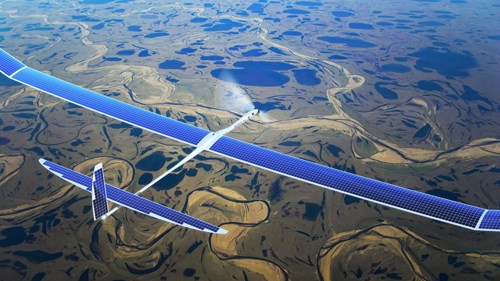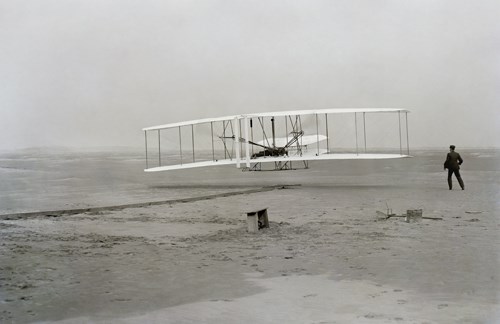Sun + composites = long-duration solar-powered flight
The Solar Impulse 2 solar-powered plane aims to fly around the world in 2015. Titan Aerospace's Solara 50 solar-powered UAV will provide Internet access for Google. Both rely heavily on composites.
Share
Read Next

This video documents the manufacture of the Solar Impulse 2, a solar-powered airplane that the builders home to take around the world in 2015.
The rush is on to build aircraft powered entirely by solar energy. If you consider a "rush" to be two planes; in the composites industry, that's a lot. The first aircraft has immediate commercial application and implications. The second is primarily a test of human ingenuity and endurance, the long-term effects of which won't be known perhaps for many years.
The commercial application was the news last week that Google had acquired New Mexico-based Titan Aerospace. Titan is developing the Solara 50, an unmanned aerial vehicle (UAV) that features 3,000 photovoltaic cells covering wings that span 50m/164 ft. The plane is designed to carry small payloads into the stratosphere at an altitude of about 20 km/65,000 ft. The plane features a carbon fiber composite frame and is expected to make its maiden flight in 2014, followed by commercial introduction in 2015. Google wants to use the plane to help deliver Internet access to remote regions and in surveying/imaging for its mapping service.

Rendering of Titan Aerospace's Solara 50 solar-powered unmanned aerial vehicle.
The other plane, a more whimsical craft, is the Solar Impulse 2, the brainchild of adventurers Bertrand Piccard and André Borschberg. It features 17,000 photovoltaic cells over a 72m/236-ft wingspan and weighs just 2,300 kg/5,070 lb (633 kg/2,077 lb of that is in batteries). Composites figure prominently in the Solar Impulse 2 as well — evidence of which can be glimpsed in the above video, which documents production of the plane. Carbon fiber composites used on the craft were fabricated in Switzerland by composites specialist Décision S.A.
Solar Impulse 2 is manned, and in 2015 Piccard and Borschberg plan to fly it around the world, starting in March 2015 somewhere in the Persian Gulf and ending in July at or near the same place. Stopovers for pilot changes are planned in India, Myanmar, China, the USA and Southern Europe or Northern Africa.
Both planes likely could not function as planned without the use of carbon fiber composites. On top of that, photovoltaic and battery technology has matured such that it's now more than feasible to keep an aircraft aloft for very long periods — weeks and months. Solara 50 is likely to be in service for Google soon. How Solar Impulse's technology and potential will play out remains to be seen.
Both planes, ironically, harken back in terms of style and design to the birth of aviation and the Wright brothers' Kitty Hawk. Materials, of course, have come a long way, but's always interesting to see that what comes around, goes around.

Kitty Hawk, first flight.
Related Content
-
A new era for ceramic matrix composites
CMC is expanding, with new fiber production in Europe, faster processes and higher temperature materials enabling applications for industry, hypersonics and New Space.
-
Plant tour: Spirit AeroSystems, Belfast, Northern Ireland, U.K.
Purpose-built facility employs resin transfer infusion (RTI) and assembly technology to manufacture today’s composite A220 wings, and prepares for future new programs and production ramp-ups.
-
Next-generation airship design enabled by modern composites
LTA Research’s proof-of-concept Pathfinder 1 modernizes a fully rigid airship design with a largely carbon fiber composite frame. R&D has already begun on higher volume, more automated manufacturing for the future.












